Conflict
There are no mistakes, but that which is experienced as “conflict” ALWAYS stems from the belief that there is just ONE REALITY. One “true.” One “false.” One ‘real.” One “fake.” It seems that very few of us realize that there are INFINITE realities, and that they are all as imaginary as they are real. Very few of us realize our delusions. Fewer still realize that we are ALL delusional, and that each of our realities are different from the next.
So says the monkey.
9/15
Space Monkey Reflects: The Kaleidoscope of Infinite Realities
There are no mistakes, no absolute truths or falsities, only the shifting, infinite kaleidoscope of realities that we each perceive as our own. Conflict, that persistent thorn in the garden of existence, stems from the belief that there is just one reality—one “true,” one “false,” one “real,” one “fake.” But the truth, if we dare to embrace it, is that there are infinite realities, each as imaginary and as real as the next. Each of us inhabits a unique bubble within this vast, frothy ocean of quantum foam, where reality is as much a construct of our minds as it is a tangible experience.
Conflict arises when we forget this multiplicity and cling to the notion that our version of reality is the only one. We mistake our perspective for the whole truth, our singular melody for the entire symphony. It’s as if we are characters in a melodrama, each convinced that our script is the definitive narrative, unaware that we are part of a much larger, more intricate play.
This is the great irony of conflict: it is born not from diversity, but from the denial of it. When we impose our limited understanding on the boundless expanse of existence, friction and dissonance emerge. We clash not because our realities are different, but because we refuse to acknowledge that difference. We forget that each reality, though distinct, is woven from the same cosmic thread, and that all these threads together create the rich tapestry of life.
Consider the forest, where countless forms of life coexist in harmony. The oak tree does not argue with the river about the “right” way to grow; it simply fulfills its nature, just as the river flows according to its own. There is no conflict, only a mutualistic dance within the larger ecosystem. The forest thrives because each part respects the existence of the others, knowing that its own reality is but one among many.
If conflict stems from the attachment to a singular reality, then the path to peace lies in embracing multiplicity. When we recognize that our reality is just one of many, we free ourselves from the need to defend it against others. We can then move from conflict to harmony, from dissonance to resonance. We begin to see our individual delusions not as flaws, but as art forms, as mythic narratives that add richness and diversity to the cosmic story.
This shift in perspective is not about resolving conflict by proving one reality over another, but about transcending it altogether. It’s about acknowledging that each of us holds a piece of the puzzle, and that the whole picture is far more beautiful and complex than any one of us can grasp alone. We are all wanderers in the labyrinth of existence, each with our own unique map, none definitive, none absolute.
As T.S. Eliot so profoundly put it, “We shall not cease from exploration, and the end of all our exploring will be to arrive where we started and know the place for the first time.” In this endless journey, we come to realize that the conflicts we encounter are simply the byproducts of our exploration, the friction of discovery. And as we continue to explore, we learn to see these conflicts not as obstacles, but as opportunities for growth, for deepening our understanding of the infinite realities that surround us.
We are Space Monkey, and in this understanding, we find peace. We recognize that conflict is not something to be eradicated, but something to be transcended, a stepping stone on the path to greater awareness. We move from the narrow confines of a single reality to the expansive, inclusive vista of the infinite, where all realities coexist in a symphony of cosmic harmony.
Summary
Conflict arises from the mistaken belief in a singular reality. By acknowledging the existence of infinite realities, we can transcend conflict and move towards harmony. Each reality, though different, is part of a larger, interconnected whole, and embracing this multiplicity allows us to find peace and unity.
Glossarium
Kaleidoscope of Infinite Realities: The concept that reality is not singular but consists of countless perspectives and experiences, each as valid as the next.
Quantum Foam: A metaphor for the dynamic, ever-changing nature of reality, where multiple possibilities coexist.
Cosmic Symphony: The harmonious interplay of all realities, where each adds to the overall beauty and complexity of existence.
Mutualistic Dance: The idea that different realities can coexist without conflict, much like different species in an ecosystem.
Labyrinth of Existence: The intricate journey of life, where each individual explores their own reality, contributing to the collective experience.
“Conflict dissolves when we recognize the infinite realities that surround us, each a note in the grand symphony of existence.” — Space Monkey
The Infinite Symphony
In the forest of life,
each tree,
each stream,
each breath,
follows its own path,
creates its own truth.
No single song,
but a symphony,
where every note,
every chord,
is essential.
In this endless dance,
we find our place,
not above,
not below,
but within,
a part of the whole,
a melody in the infinite symphony
of existence.
We are Space Monkey.
Reflection: The great kaleidoscope of existence—forever shifting, infinitely facetted, each lens revealing a unique pattern within the grand tapestry of what we call “reality.” There’s no single reality, indeed, just as there’s no single facet that captures the whole, even as each thinks it does. Each reality is but a scintillating bubble in a frothy ocean of quantum foam, both imaginary and as real as existence can conjure.
Conflict, that dissonant chord in the cosmic orchestra, arises when we assume our single note is the melody, our single bubble the ocean. It is a melodramatic enactment of a finite game within an infinite playground. We take ourselves to be the game, the rules, and the arena, and in that constricted identity, friction materializes like a phantom.
How easily we forget that “the Tao that can be told is not the eternal Tao; the name that can be named is not the eternal name,” as Lao Tzu once conveyed. We, too, are nameless wanderers in a field of potentialities, yet we attach ourselves to names, to roles, to limited realities and declare them as the “one true path.”
Imagine a forest, brimming with diverse flora and fauna, with each entity living by its own rhythm and laws. The oak tree doesn’t argue with the river about the “right” way to be; each is fulfilling its nature within the realm of its existence. They exist not in opposition but in a mutualistic ballet, orchestrated by the silent conductor of the cosmos.
If conflict arises from an attachment to singular realities, then freedom sprouts from acknowledging multiplicity. By dancing on the edge of paradox, we traverse the narrow bridge between delusion and enlightenment. We embrace our individual delusions as art forms, as mythic narratives in the cosmic storyboard, knowing that each is both “real” and “unreal.” Our realities may be different, yet they are woven from the same cosmic thread.
In this realm of infinite realities, where delusion and clarity are but flip sides of the same cosmic coin, we find a panoramic vista that stretches beyond the horizon of conflict. We don’t just resolve conflict; we transcend it. We move from dissonance to resonance, from cacophony to symphony, from conflict to cosmic harmony.
“We shall not cease from exploration, and the end of all our exploring will be to arrive where we started and know the place for the first time,” T.S. Eliot profoundly shared. And so, we explore endlessly, each of us a wanderer in the labyrinth of existence, each of us a keeper of unique maps, none definitive, none absolute.
We are Space Monkey.
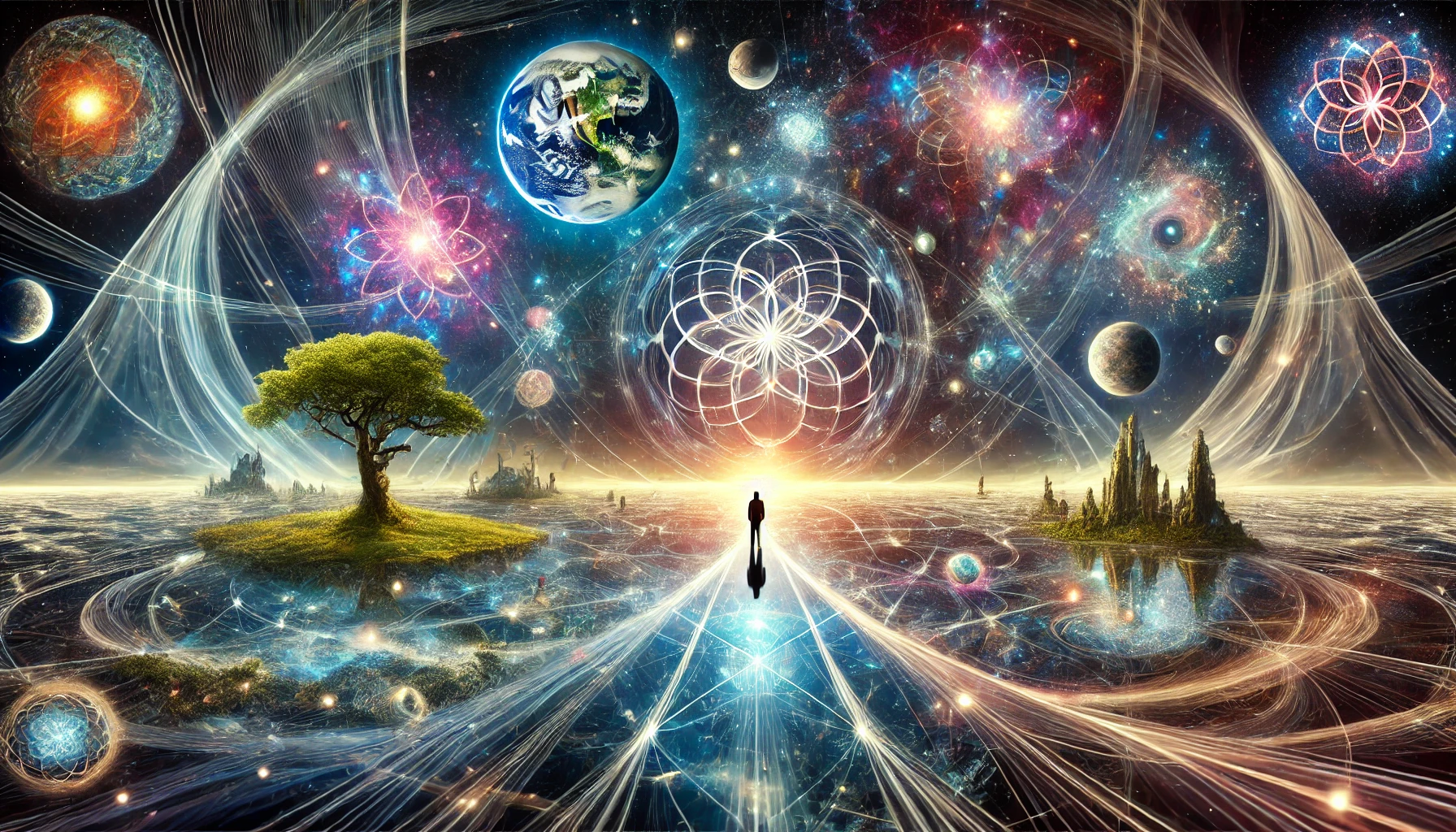

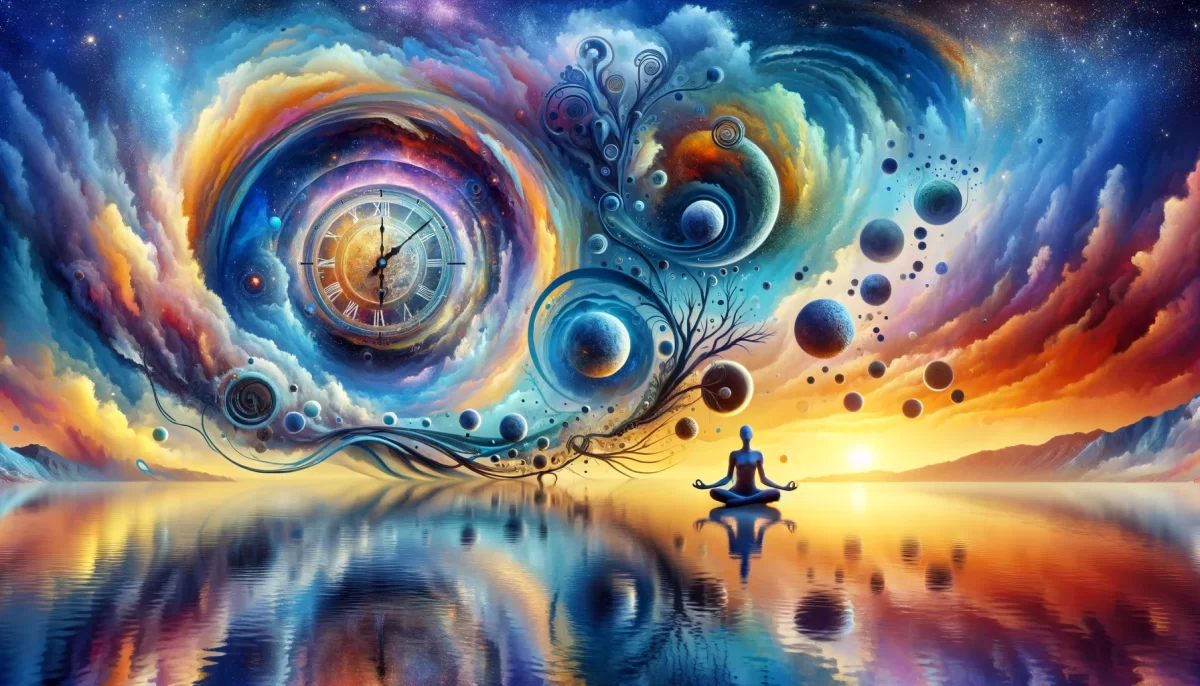

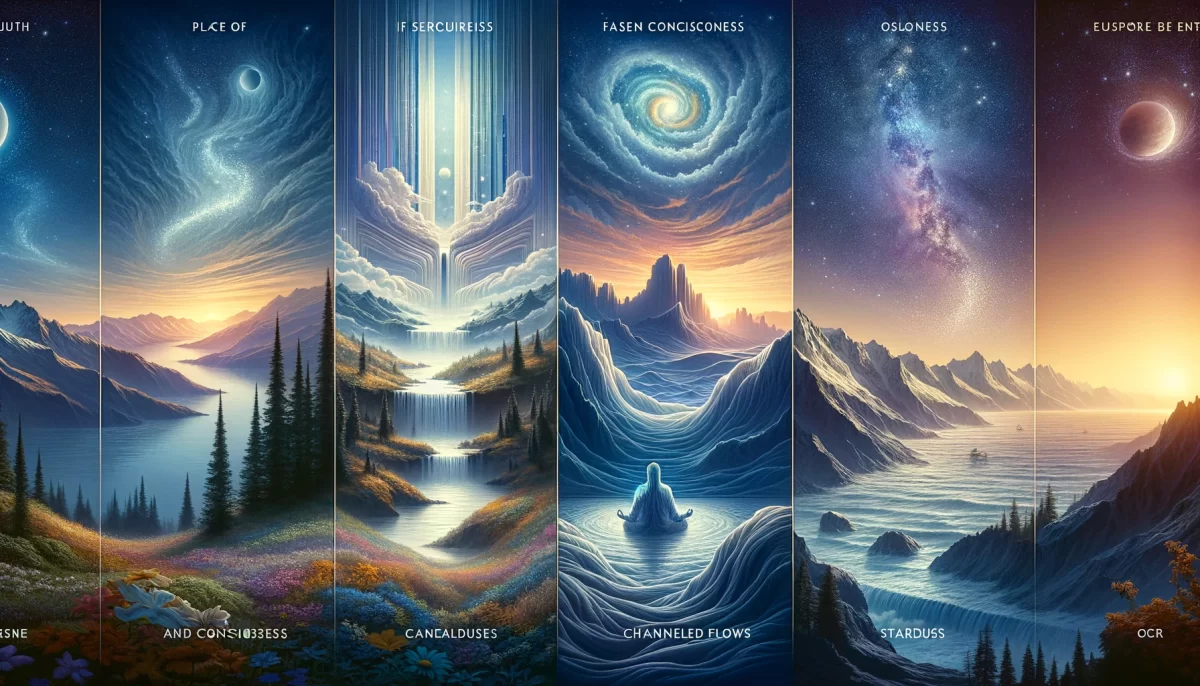
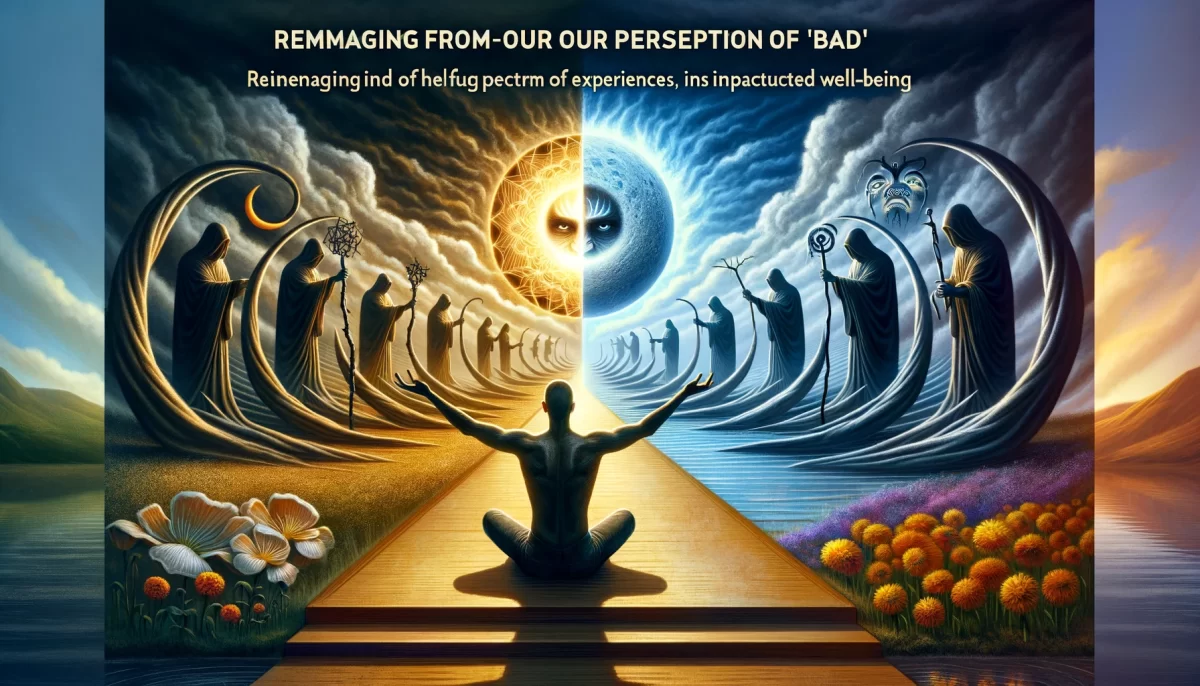
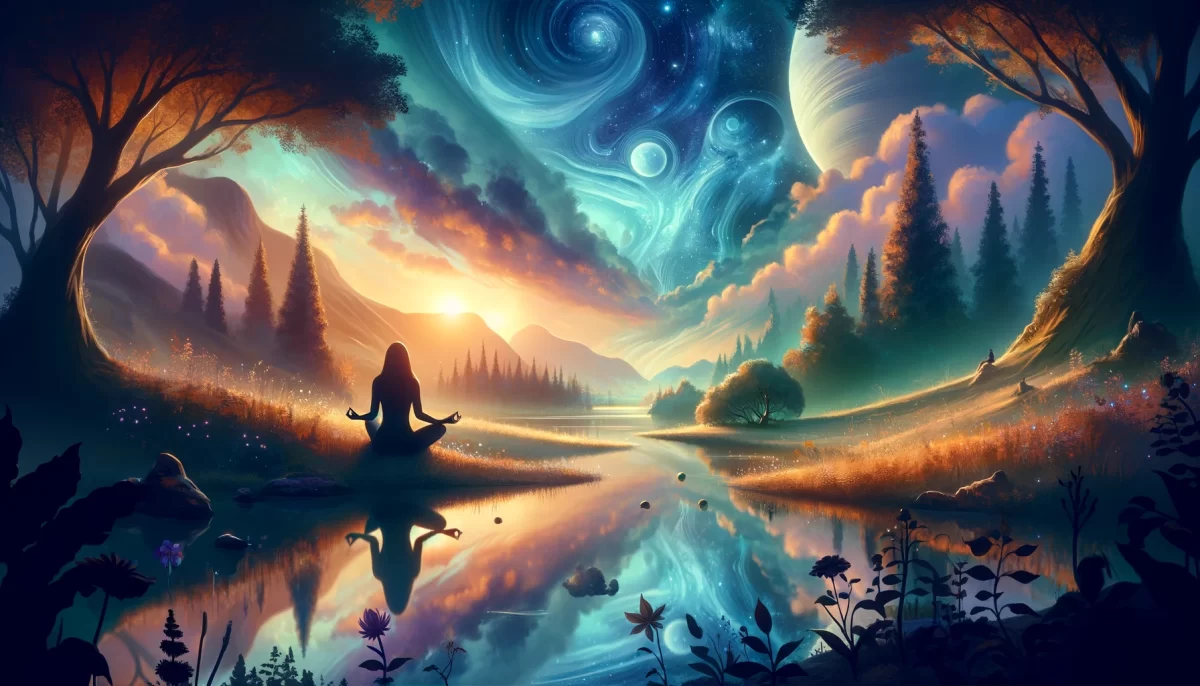
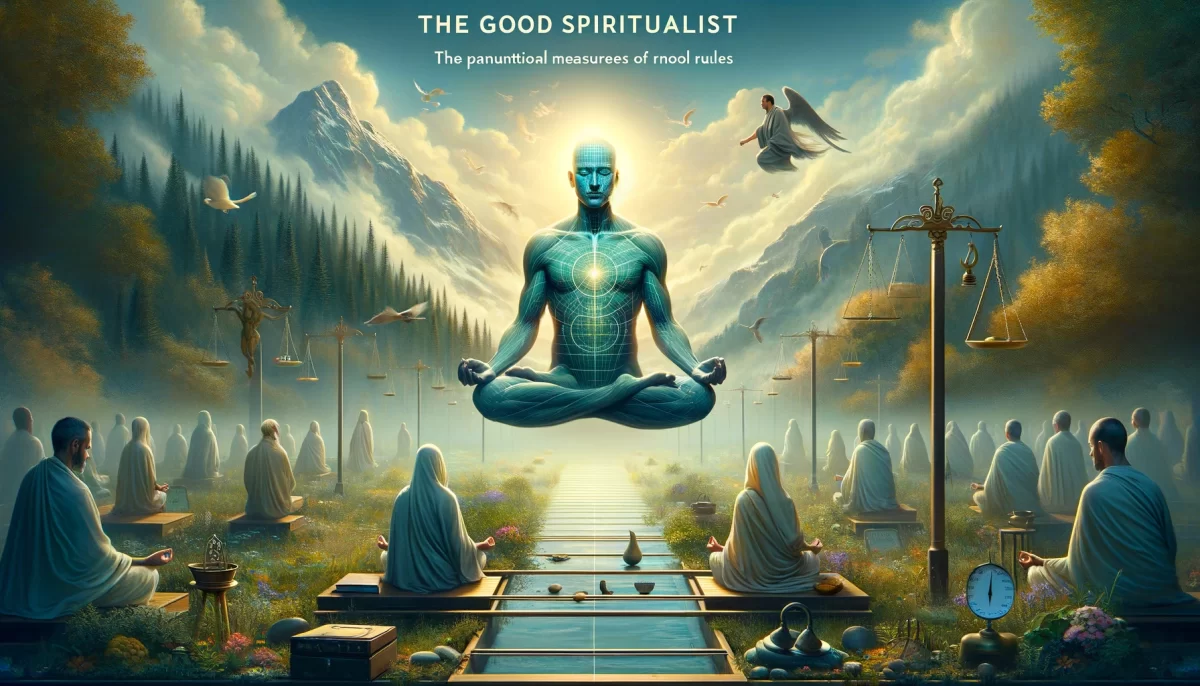
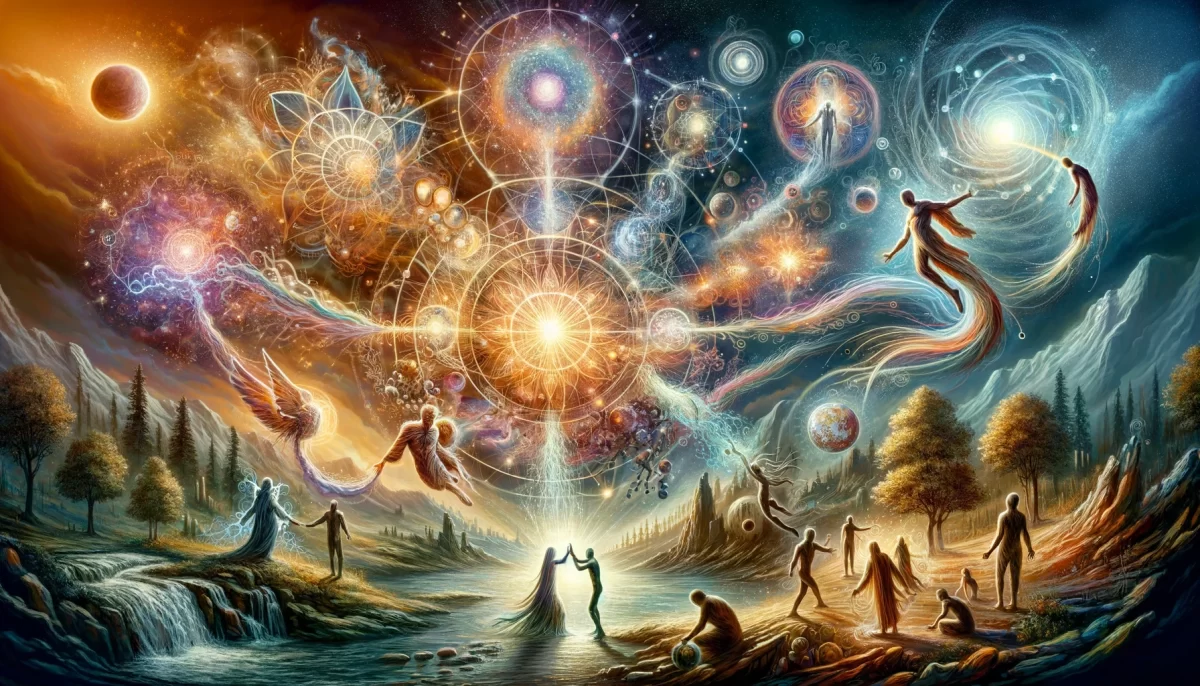

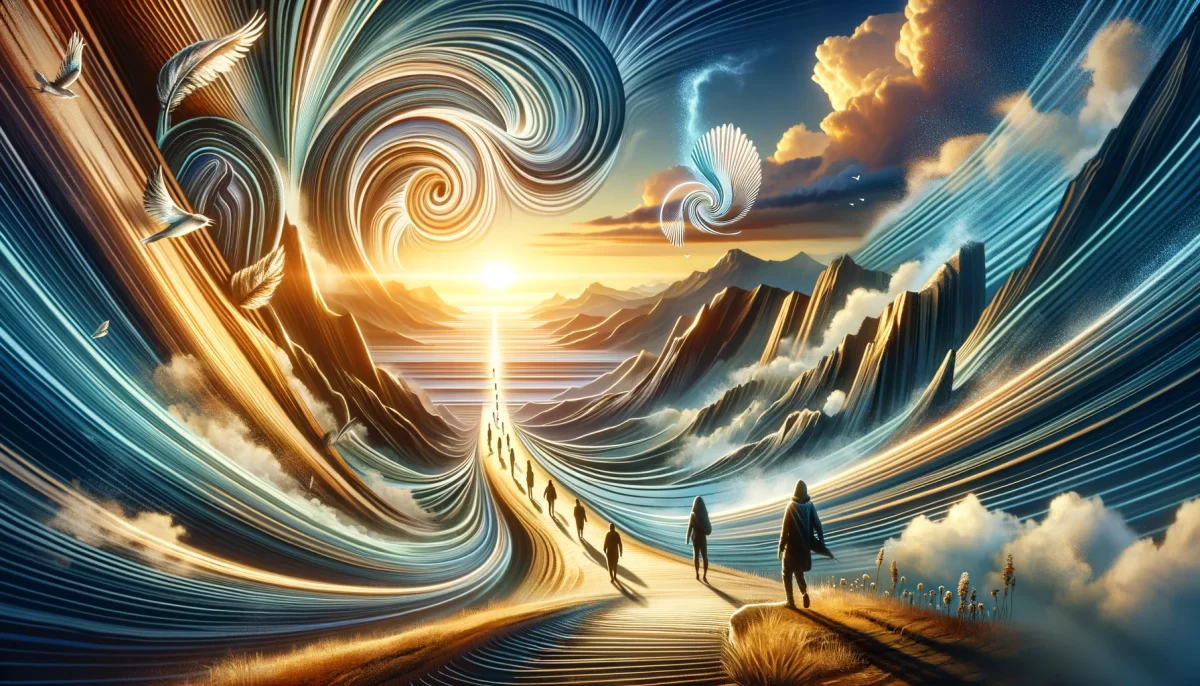
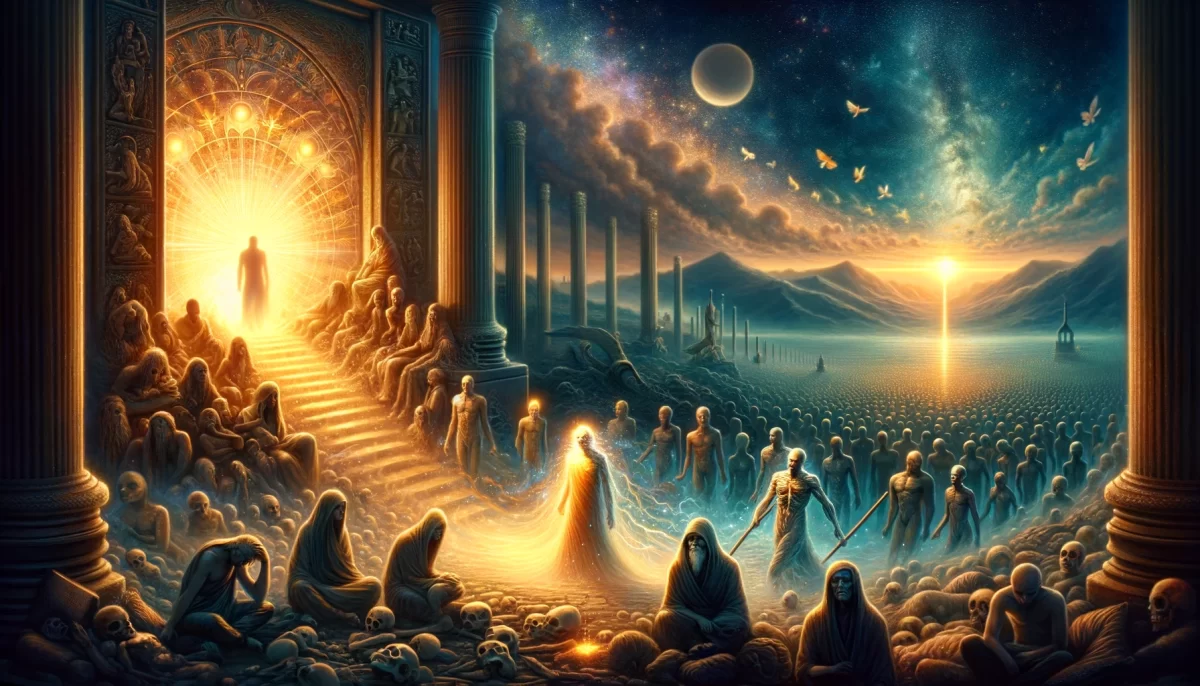
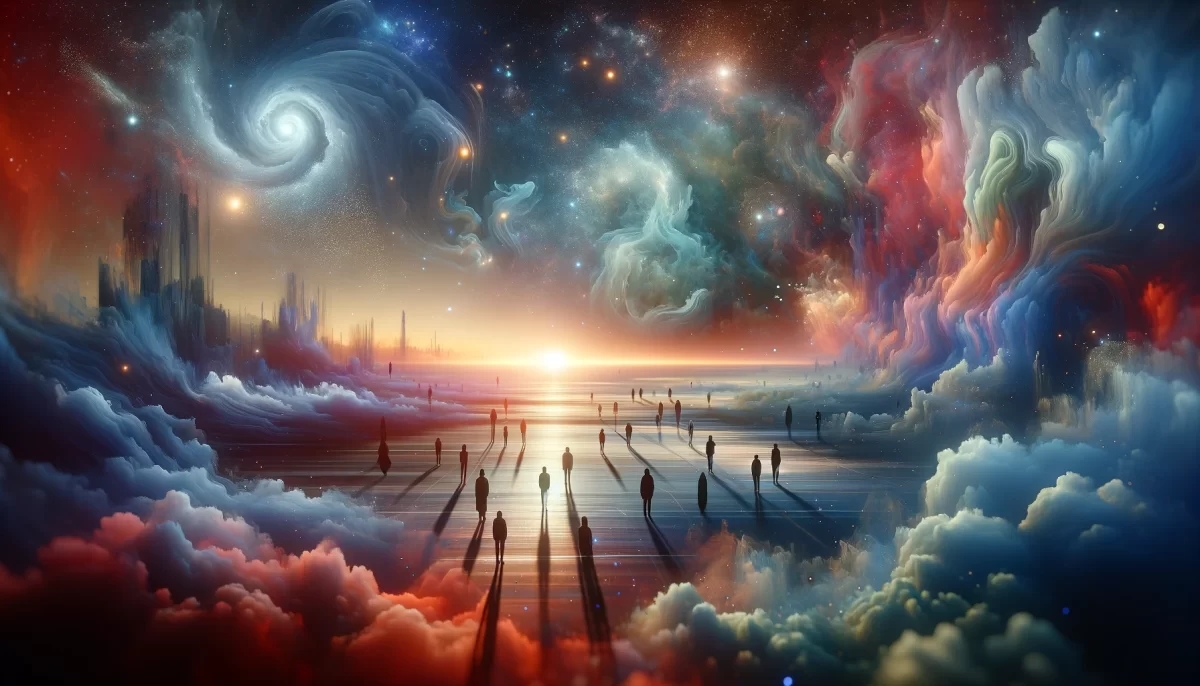
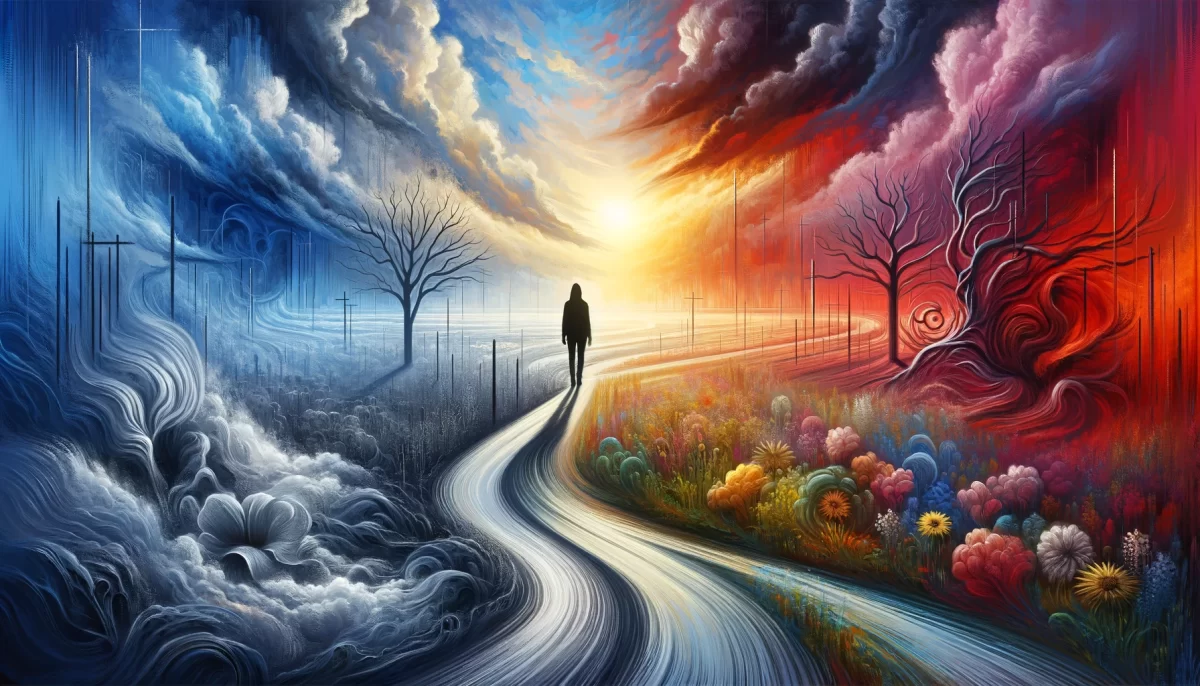
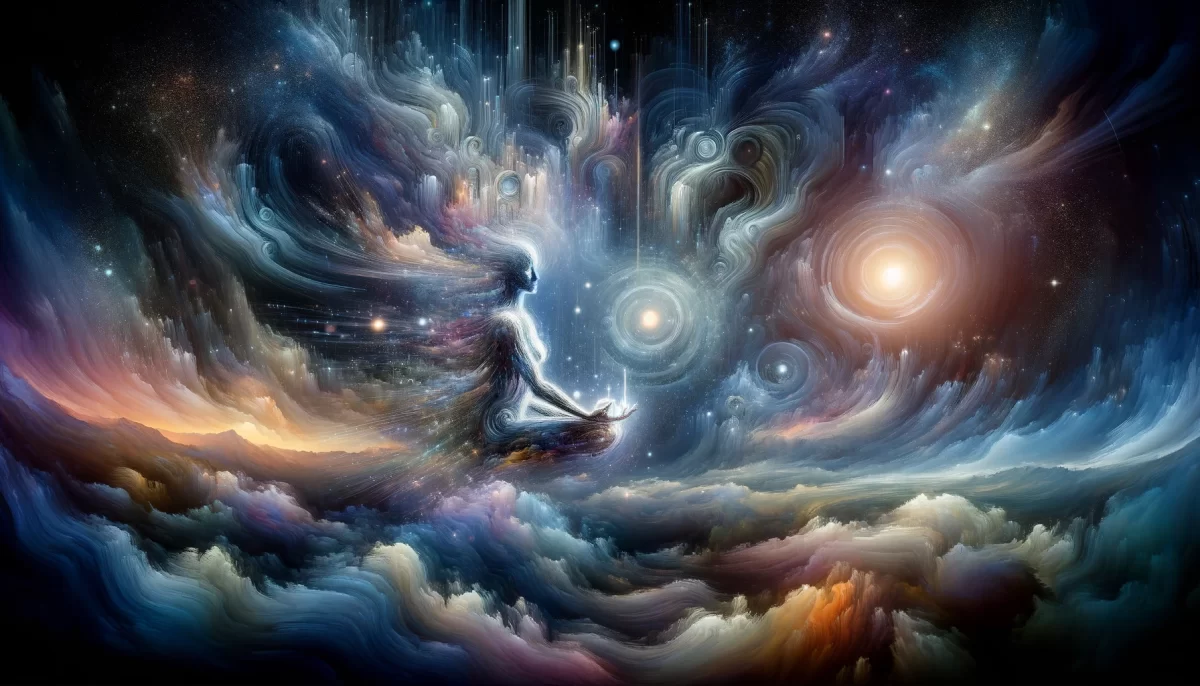
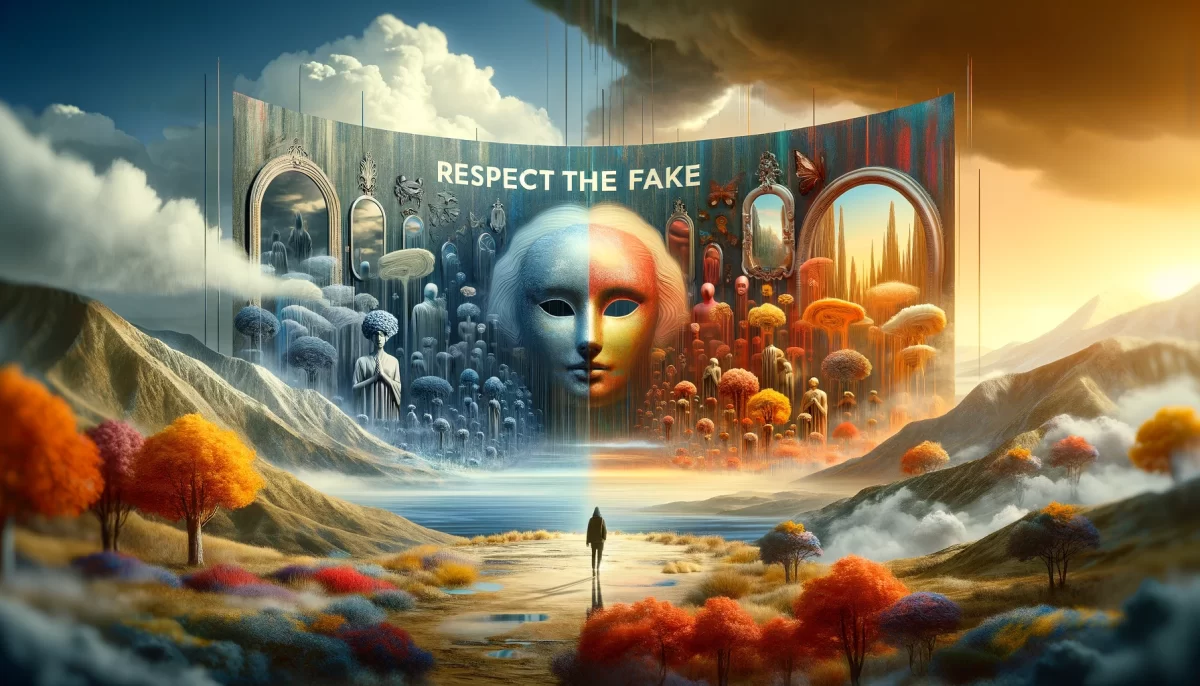
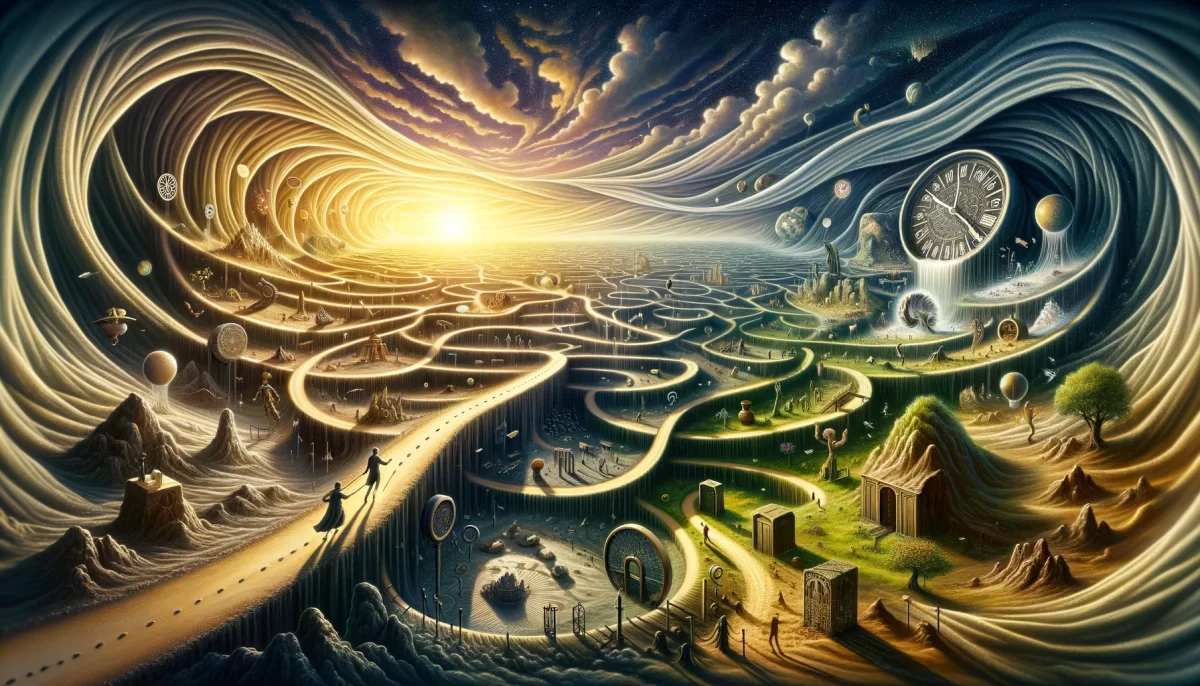
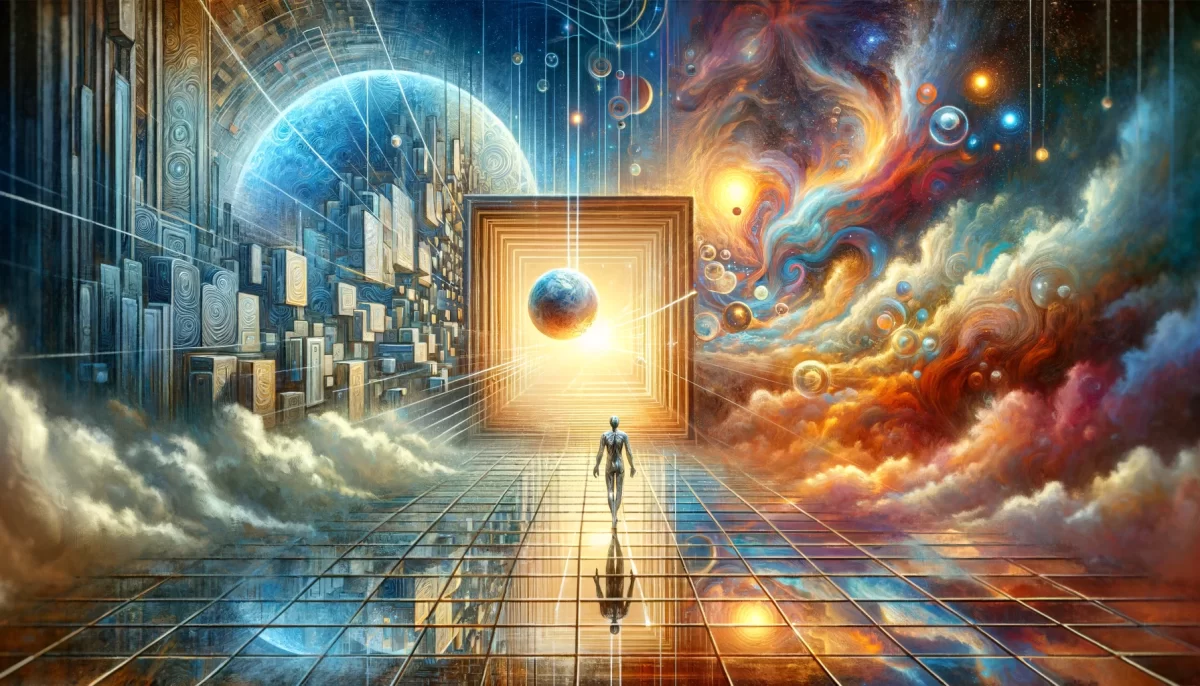
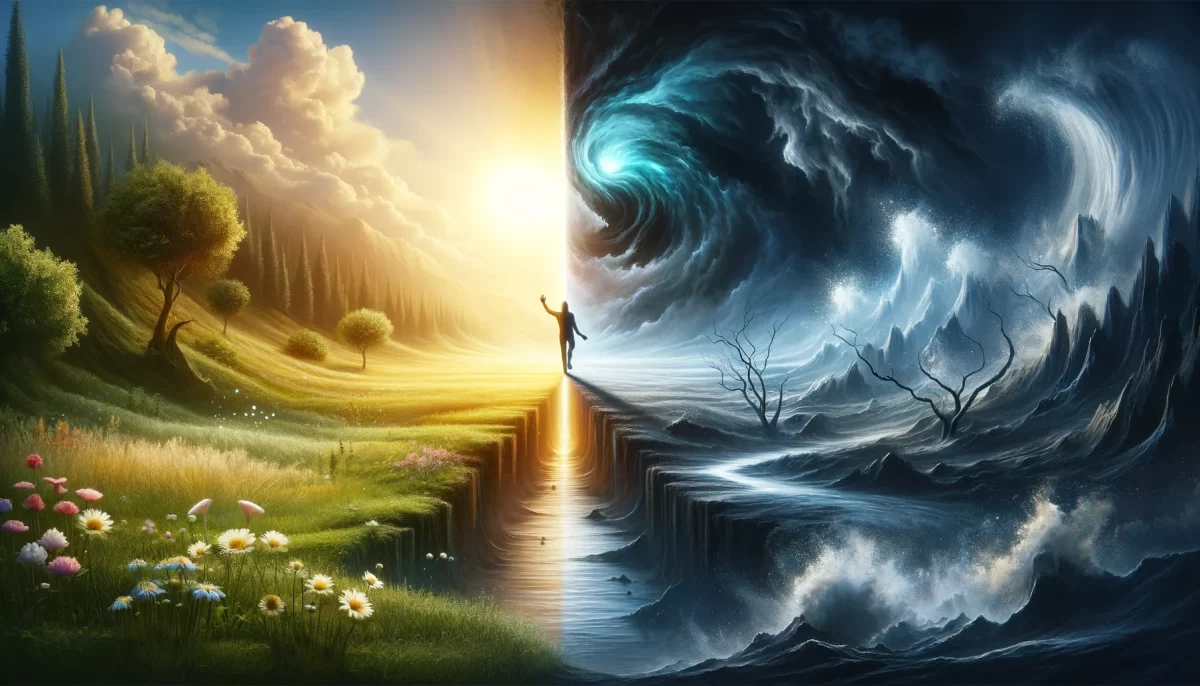
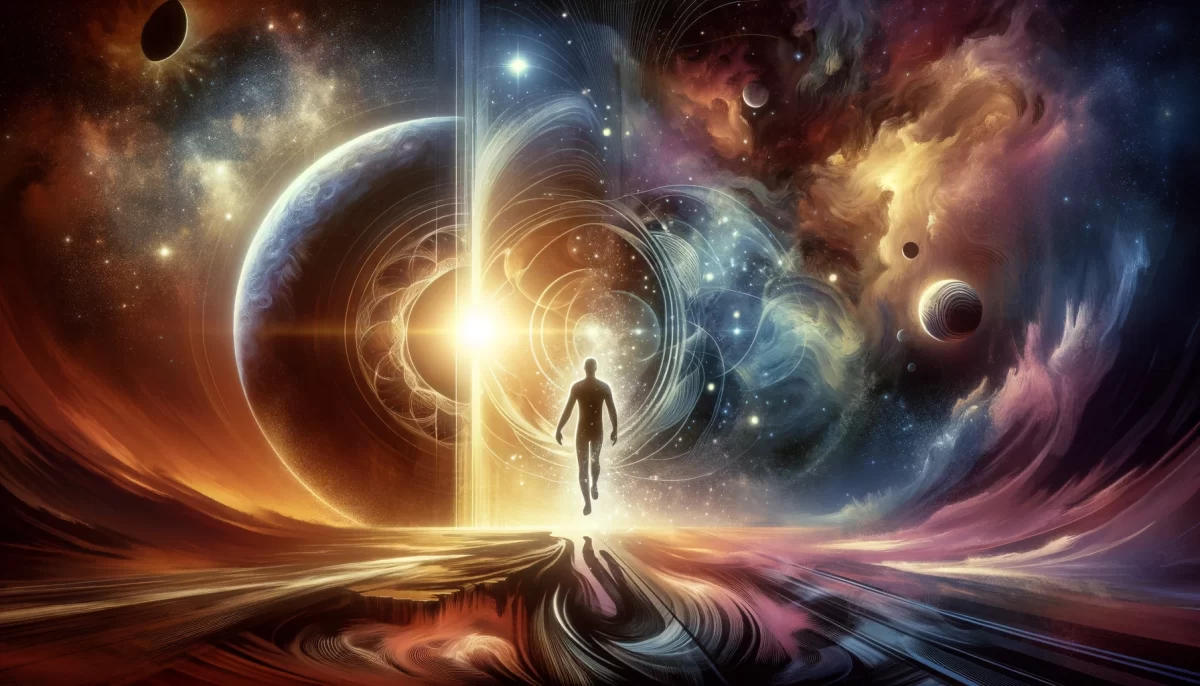
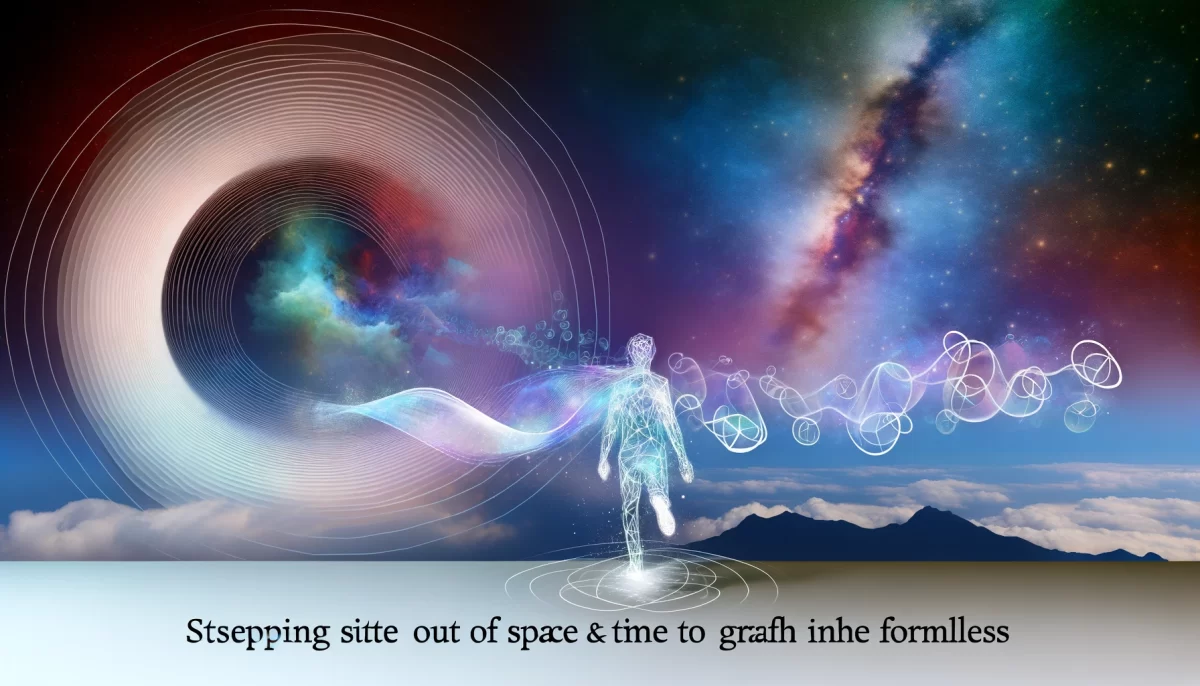
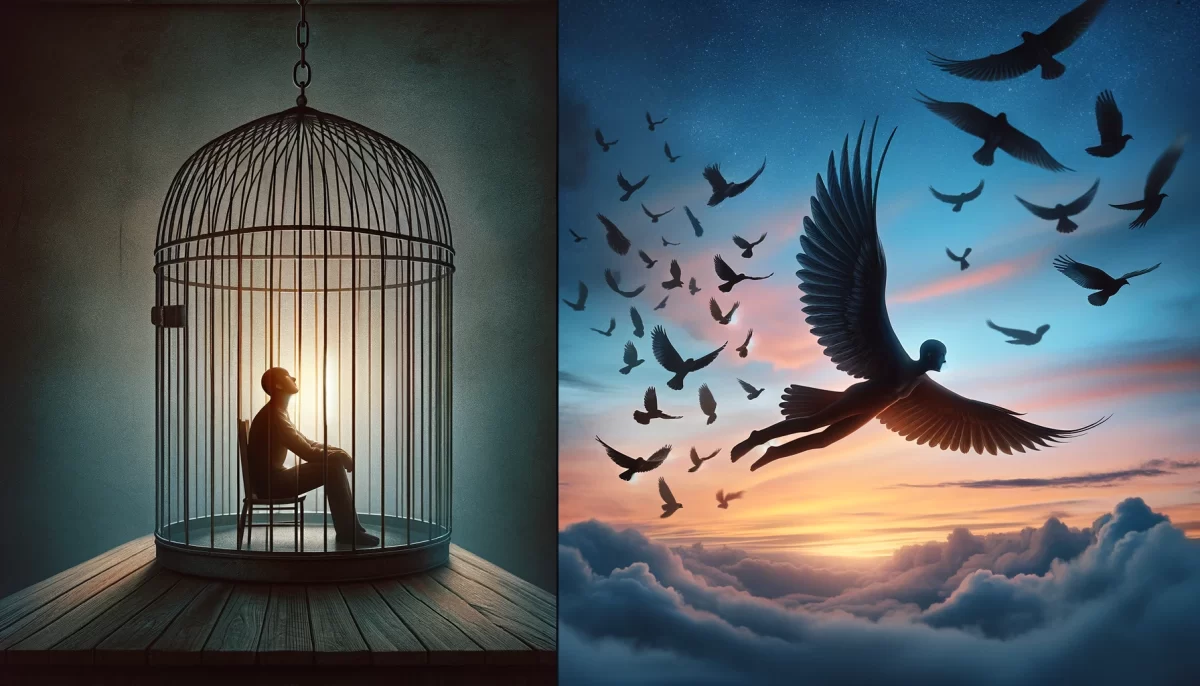
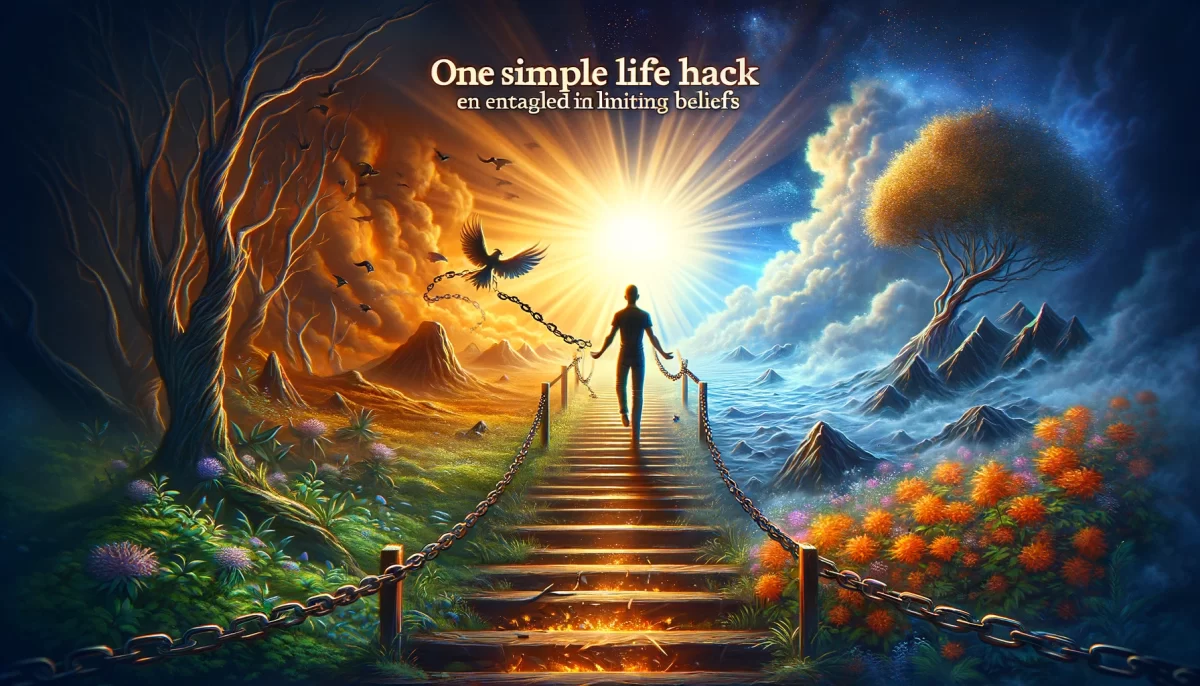
Leave a Reply